Elke’s husband, Otto, has restored two old bar espresso machines from the 70s and 80s and loves to optimally set the machine to a carefully selected type of coffee, so that an almost heavenly drink comes out. Who could be a better story-teller that Elke, then, to tell us about the coffee-making art in Le Marche?
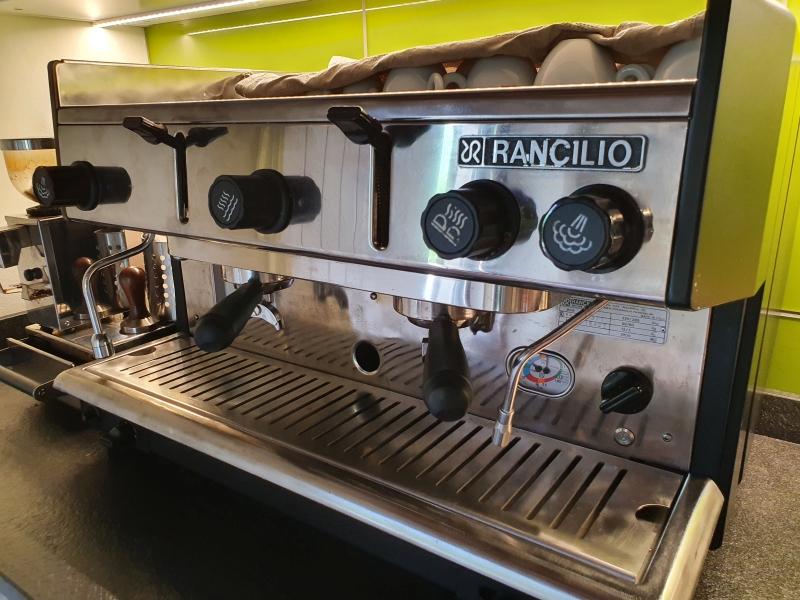
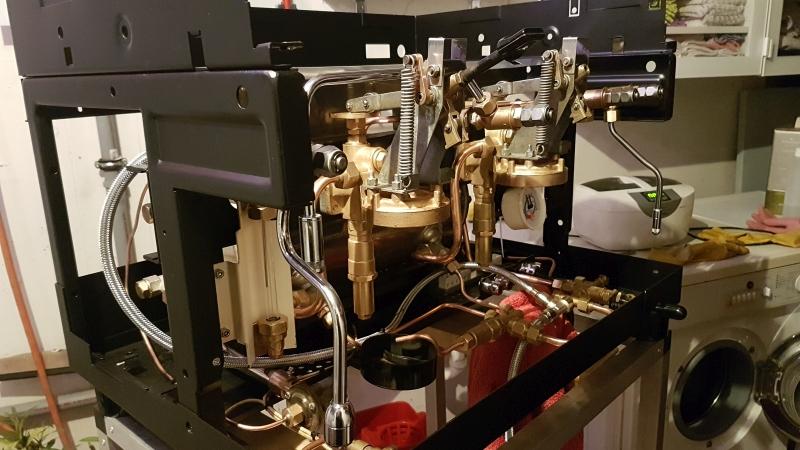
“When he started about 20 years ago with the first Rancilio that we found in a backyard near San Remo, there was hardly a good caffè (as the espresso is called in Italy) anywhere in Germany. Even today, it seems to me, most espressos and cappuccinos are brewed with fully automatic machines, too often the cups are not preheated, the espresso portions are brewed with too much water and too hot, and instead of a soft crema, there is foam on the cappuccino, which is stronger than construction foam. Not to mention the prices for such a concoction!
{Here I must add a personal recent adectode. I was recently in Potsdam, by Havelbohne by Kaffeerösterei Junick Potsdam. I ordered a coffee from Ethiopia to share with my friends. The barman said it was impossible to share such a freshly roasted coffee and was very surprised by my request. We sat at the table and shortly after, he came back with three cups and coffee for all of us. He said he heard us speaking Italian and could not disappoint three Italians requesting something about coffee. He was also very proud of his coffee machine called Sanremo. Such a funny encounter! -Laura}
Here in Italy, on the other hand, the coffee specialties are cheap. In almost every gas station bar you can drink a better espresso or cappuccino than in Germany in an Italian restaurant, it seems to me.
I think it has to do with appreciation and devotion: good coffee is simply too important to the Italians to accept poor quality. For example, in our locality, the barista may reset the machine several times a day to take into account the weather and humidity.
It is said that the best espresso in Italy is in Naples. So what does this have to do with Le Marche?
Well, I had noticed that there are a number of local Marchigian coffees here, such as the Saccaria from Senigallia, the Di Giampaolo from Ancona, the Romcaffè from Macerata and the Rico’s from Osimo, to name a few. You often come across them in Marchigian bars and restaurants. And so we were delighted when, when we were last buying coffee beans from Di Giampaolo in Varano near Ancona, we were offered a spontaneous and exclusive tour of the roastery.
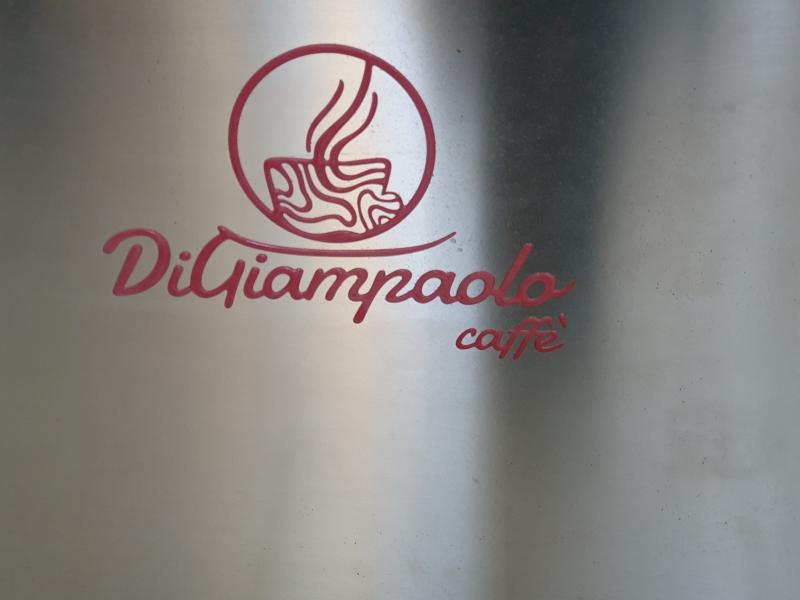
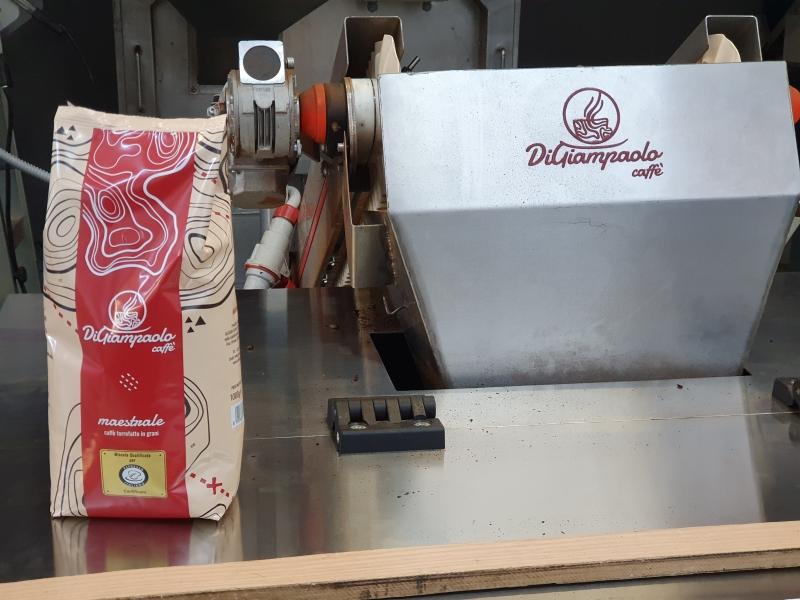
A nice young man first showed us around his workshop: every imaginable tool and spare part for the Macchine da Caffè seemed to be available here. Yes, our host said they have spare parts for all major brands. Bars and restaurants could get machines here and would also get the repair service.
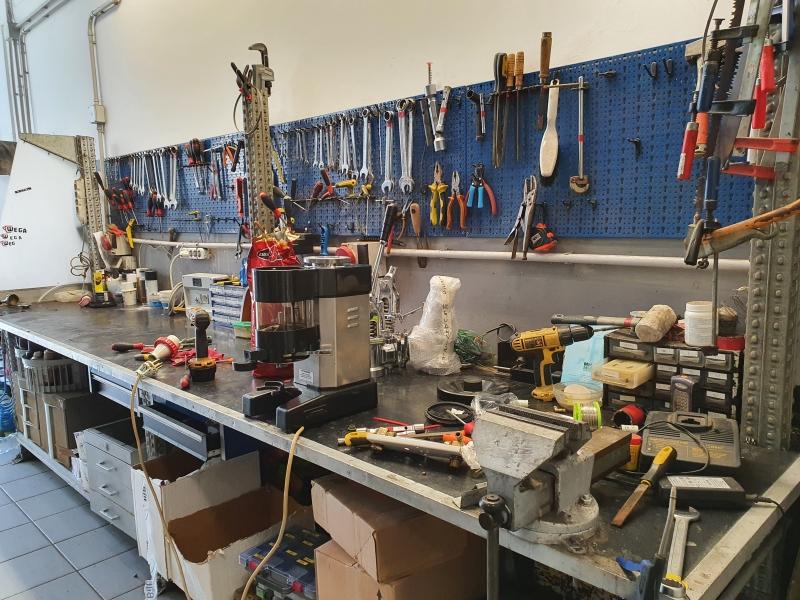
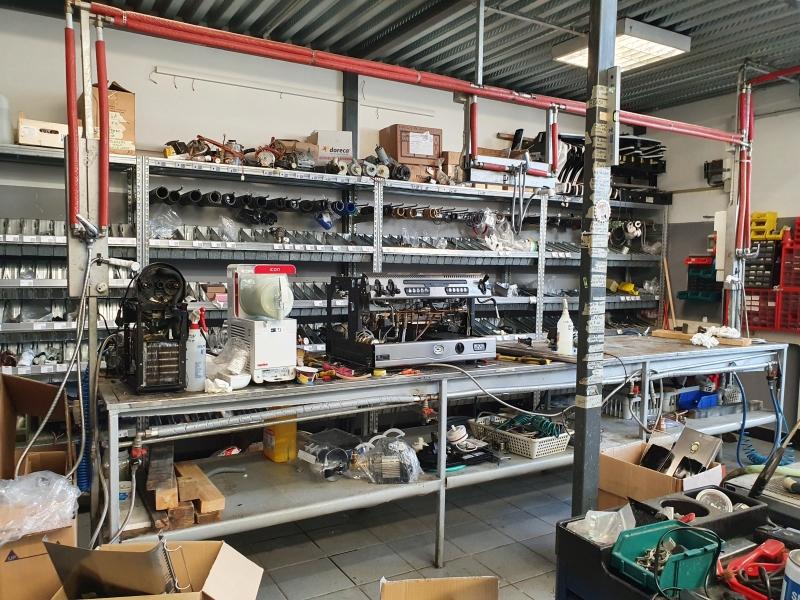
The adjoining halls were full of coffee machines of various brands and vintages. Including real sweethearts – a heaven for someone like Otto. Of course he talked about our two old Rancilios and the young man assured us that we could get all the necessary spare parts and wearing parts from him at any time – great! That made the visit worth it!


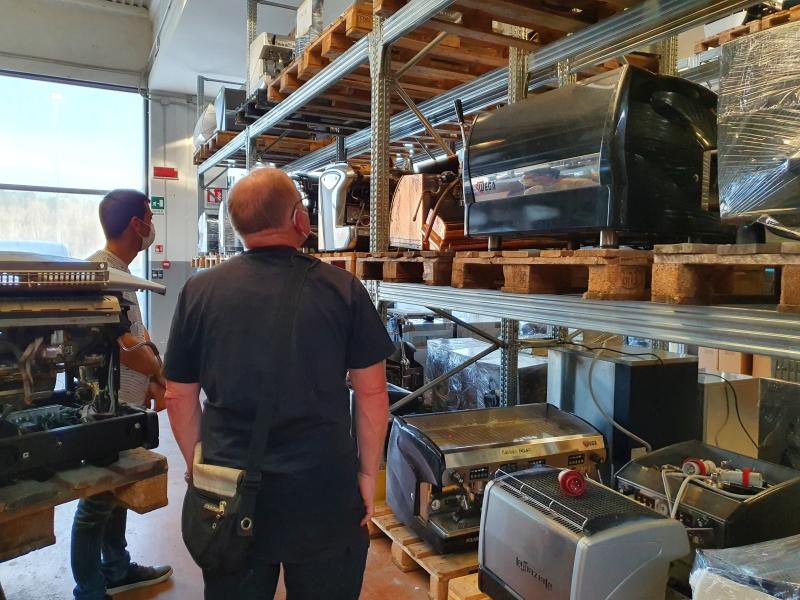
Then we went to the roastery, the Torrefazione: Di Giampaolo makes coffees for both private use and for the commercial bar machines. For example, we always buy a mix for bar machines.
Amazing: the beans do not arrive in the port of Ancona by ship, but in Genoa and are transported from there by train. That would be shorter. Now, in the spring, the stocks for the whole summer were stored here.
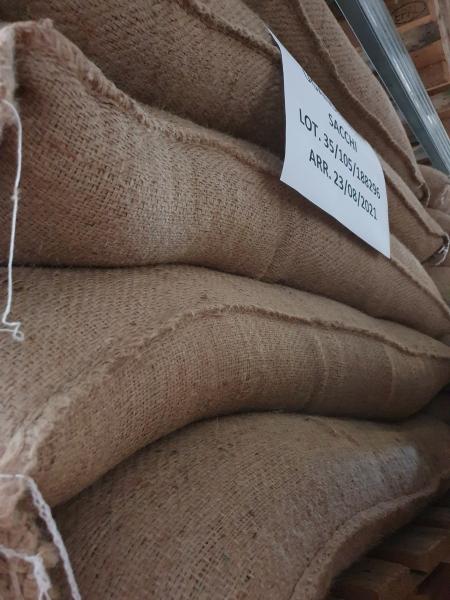
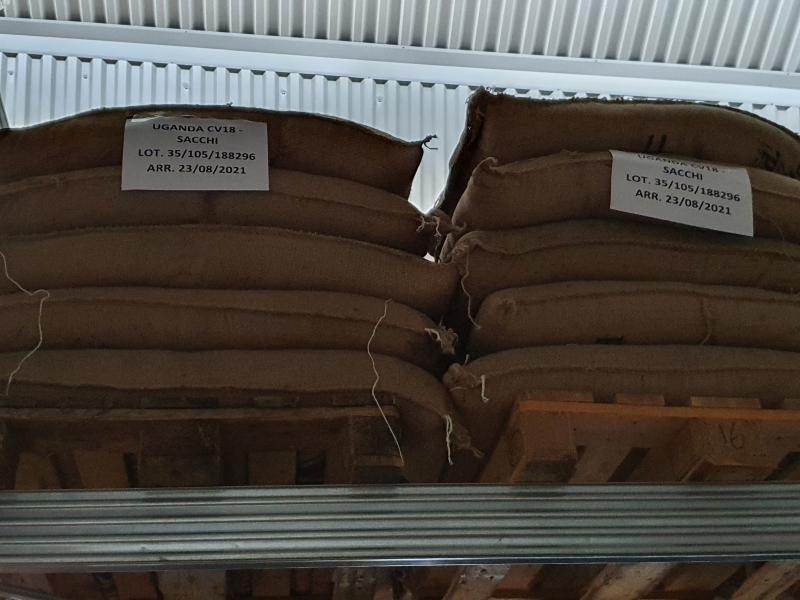
At di Giampaolo, the beans are roasted according to type and only mixed before packaging. Other roasters may do things differently, our guide noted, but just as each type of pasta has a different cook time, each type of coffee has its own ideal roast time. Roasting them separately is more labor intensive, but it improves quality.
In their original state, before roasting, the beans are light and quite small. They are first dumped into an opening in the floor and from there sucked into an intermediate container.
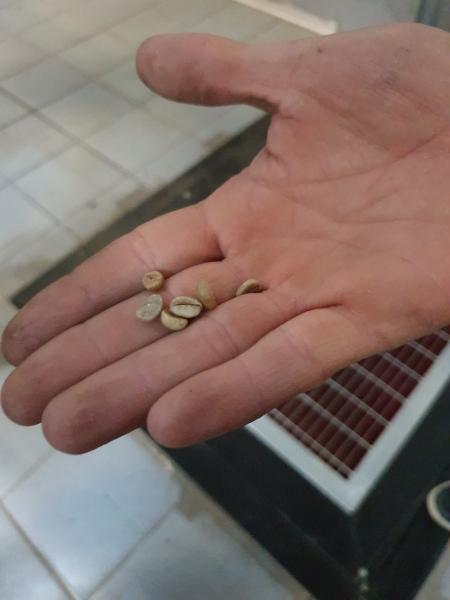
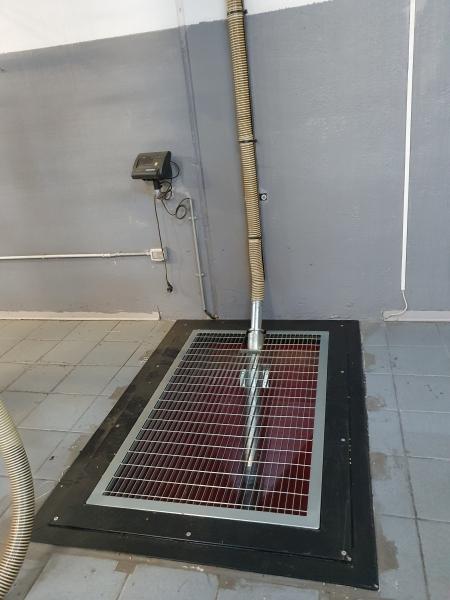
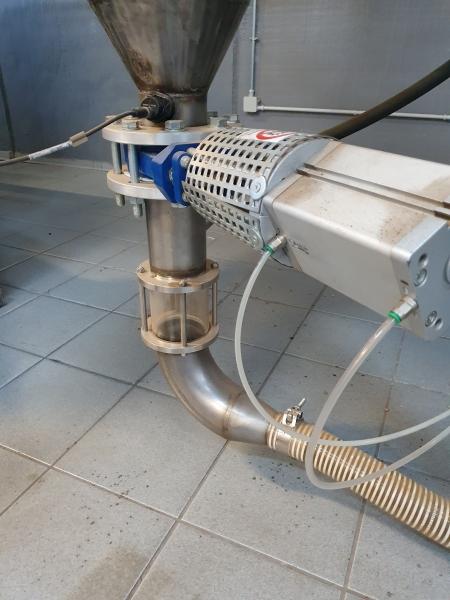
The roasting process is computer-controlled and uses hot air. The beans lose 30% of their weight, but gain 60% in volume.
After roasting, stones and beans of inferior quality are sorted out in a centrifuge. Then they are sent to the tire in the silo again by means of a gentle airstream (air flow). The Airstream is necessary because the beans are very fragile after roasting.
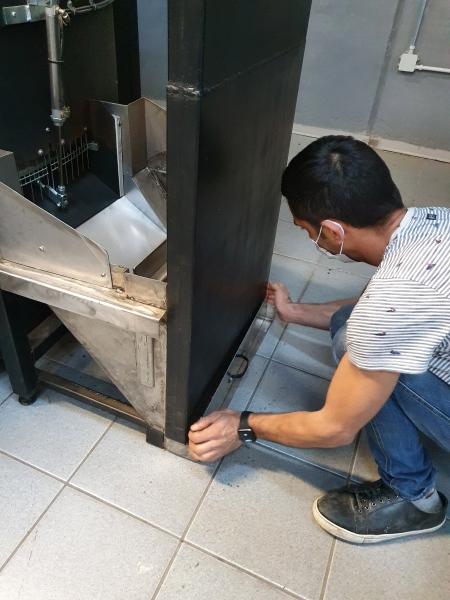

After roasting, they have to mature in the silo for around 3 months, depending on the variety. Then they are mixed on a conveyor belt by – computer controlled – letting the appropriate amount of the different types of coffee from the various silos onto the conveyor belt.
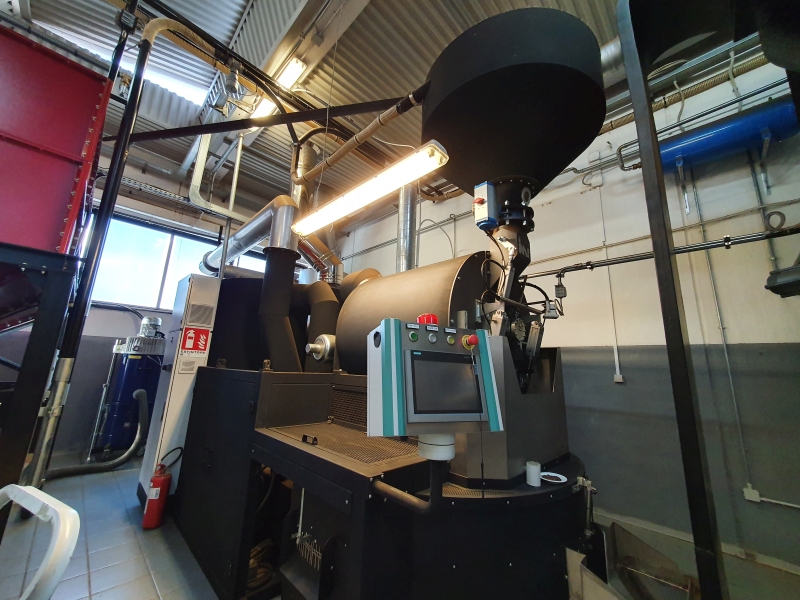


From the conveyor belt, it then goes directly into the packaging devices.

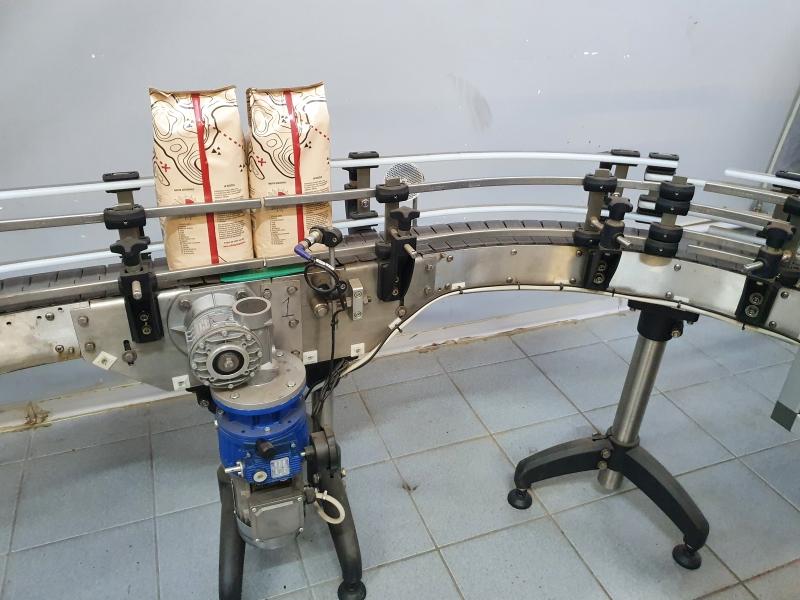
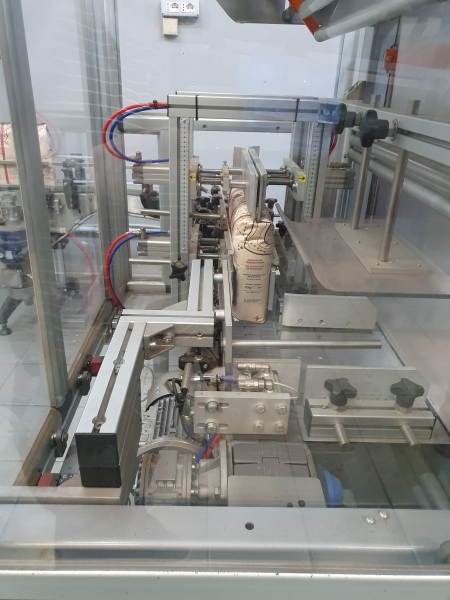
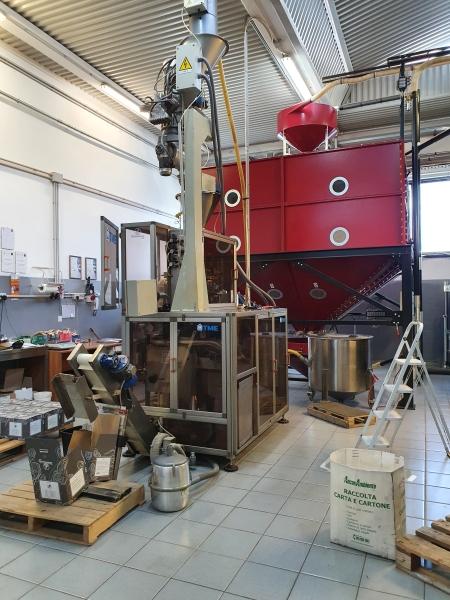

Di Giampaolo deliver their coffee all over Italy and even abroad. But of course you see it very often here, like recently in Portonovo, where we were offered a special roast after the meal.

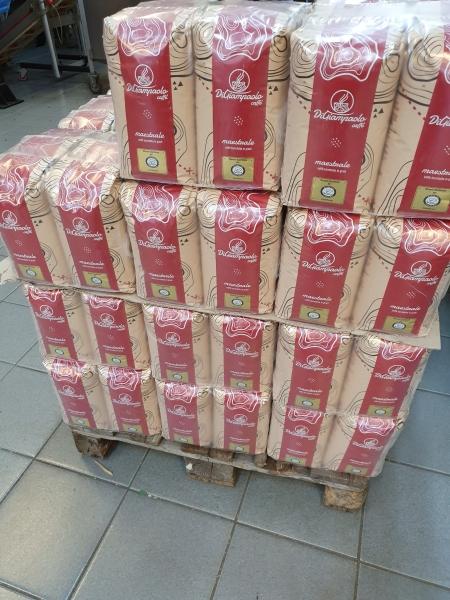
After the tour, of course, we got a freshly brewed coffee in the showroom, where they have several machines in operation where you can try the different varieties.
Incidentally, it is a legend that the Italians only drink espresso, because when you are out with 5 people, it seems to me, 5 different coffee specialties are also ordered. To name just a few: the espresso (here called caffè) anyway, of which there are the variants ristretto (less liquid with the same amount of coffee) and lungo (more liquid with the same amount of coffee), while a doppio simply consists of two caffè (espressos) are in a cup. Then there are the variants with milk: the macchiato has a few drops of milk in it, the schiumato has milk froth like a cappuccino, but not as much of it. Finally, in summer there are caffè freddo (cold coffee) and shakerato (coffee shaken with ice cubes in a blender to form a shake) and caffè flavored with cocoa, ginseng or nuts. A caffè that has been diluted with a lot of water and is reminiscent of our filter coffee is called caffè americano here, and it is mainly found in tourist areas. Latte macchiato (in German “stained milk”, is a large glass of lightly frothed milk with a shot of espresso in it) is rare and if it is, it’s more for the children and cappuccino is mainly drunk in the morning for breakfast.
{Another personal anecdote. When I was working in Norway, my English colleague was always asking me permission to have a cappuccino after lunch. He said that he would feel all my disgust just thinking about drinking cappuccino WHILE eating a sandwich. After lunch was the best I could allow!}
After the meal, for digestion, you sometimes have a caffè corretto (literally: corrected coffee), the “correction” of which consists of a shot of schnapps or liqueur. Here in Le Marche they often make it with a shot of the legendary Varnelli aniseed liqueur, with which Mamma Graziella made many homemade recipes”.


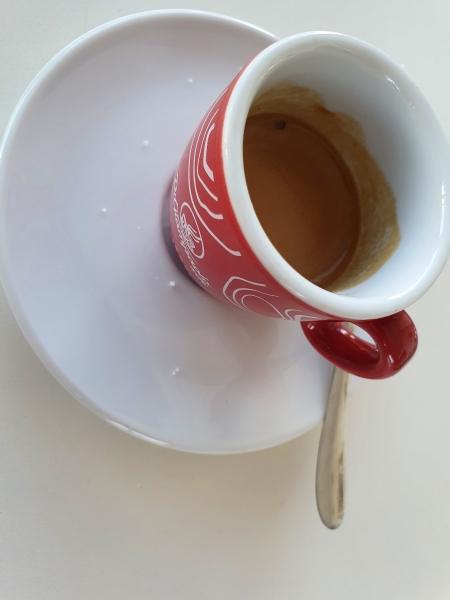
It’s Laura speaking again. Elke made a perfect picture on how Italians are attached to their coffee. Just to give you a hint, on every long trip I have made abroad so far (whether moving for a month or for three years) the first think I have always packed was my Moka. Without it, I wasn’t sure I could survive! The problem then came when I realized that the roasted coffee abroad tastes completely differently from the one back home. Terrible news. That’s when I started to pack a Moka AND at least 4 packages of Italian roasted coffee.
And what about you? What is your favourite coffee?
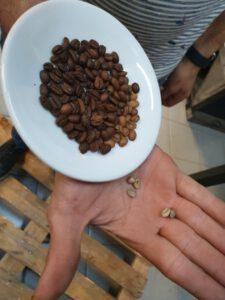
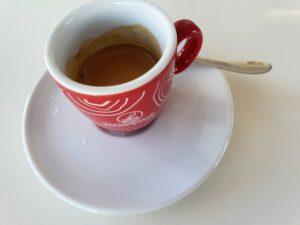
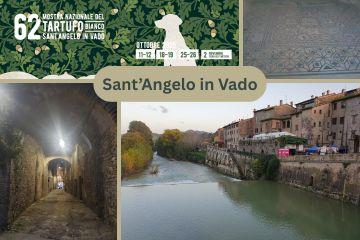
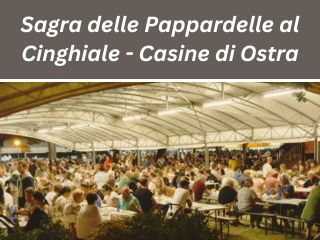
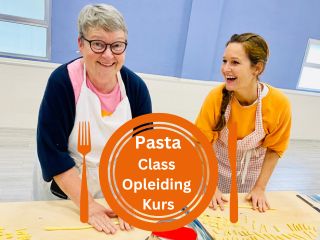
0 Comments